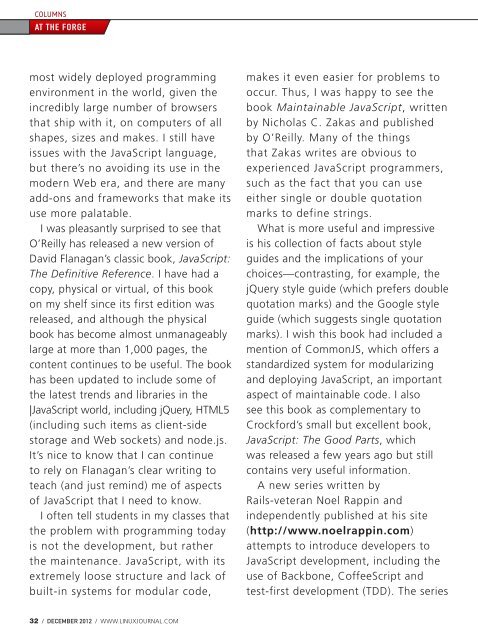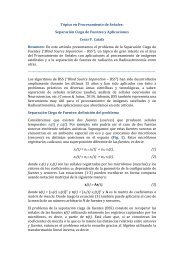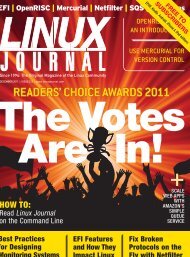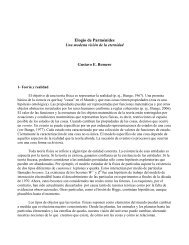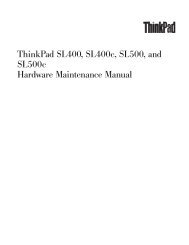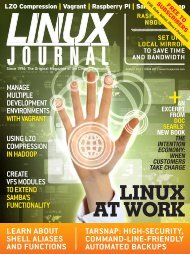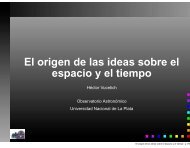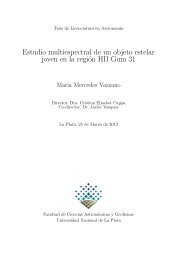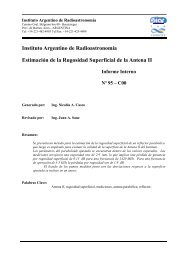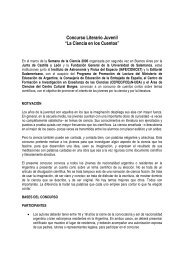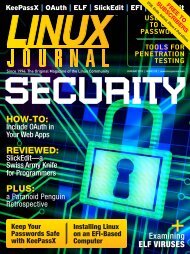Linux Journal | December 2012 | Issue 224 - ACM Digital Library
Linux Journal | December 2012 | Issue 224 - ACM Digital Library
Linux Journal | December 2012 | Issue 224 - ACM Digital Library
Create successful ePaper yourself
Turn your PDF publications into a flip-book with our unique Google optimized e-Paper software.
COLUMNSAT THE FORGEmost widely deployed programmingenvironment in the world, given theincredibly large number of browsersthat ship with it, on computers of allshapes, sizes and makes. I still haveissues with the JavaScript language,but there’s no avoiding its use in themodern Web era, and there are manyadd-ons and frameworks that make itsuse more palatable.I was pleasantly surprised to see thatO’Reilly has released a new version ofDavid Flanagan’s classic book, JavaScript:The Definitive Reference. I have had acopy, physical or virtual, of this bookon my shelf since its first edition wasreleased, and although the physicalbook has become almost unmanageablylarge at more than 1,000 pages, thecontent continues to be useful. The bookhas been updated to include some ofthe latest trends and libraries in the|JavaScript world, including jQuery, HTML5(including such items as client-sidestorage and Web sockets) and node.js.It’s nice to know that I can continueto rely on Flanagan’s clear writing toteach (and just remind) me of aspectsof JavaScript that I need to know.I often tell students in my classes thatthe problem with programming todayis not the development, but ratherthe maintenance. JavaScript, with itsextremely loose structure and lack ofbuilt-in systems for modular code,makes it even easier for problems tooccur. Thus, I was happy to see thebook Maintainable JavaScript, writtenby Nicholas C. Zakas and publishedby O’Reilly. Many of the thingsthat Zakas writes are obvious toexperienced JavaScript programmers,such as the fact that you can useeither single or double quotationmarks to define strings.What is more useful and impressiveis his collection of facts about styleguides and the implications of yourchoices—contrasting, for example, thejQuery style guide (which prefers doublequotation marks) and the Google styleguide (which suggests single quotationmarks). I wish this book had included amention of CommonJS, which offers astandardized system for modularizingand deploying JavaScript, an importantaspect of maintainable code. I alsosee this book as complementary toCrockford’s small but excellent book,JavaScript: The Good Parts, whichwas released a few years ago but stillcontains very useful information.A new series written byRails-veteran Noel Rappin andindependently published at his site(http://www.noelrappin.com)attempts to introduce developers toJavaScript development, including theuse of Backbone, CoffeeScript andtest-first development (TDD). The series32 / DECEMBER <strong>2012</strong> / WWW.LINUXJOURNAL.COM


